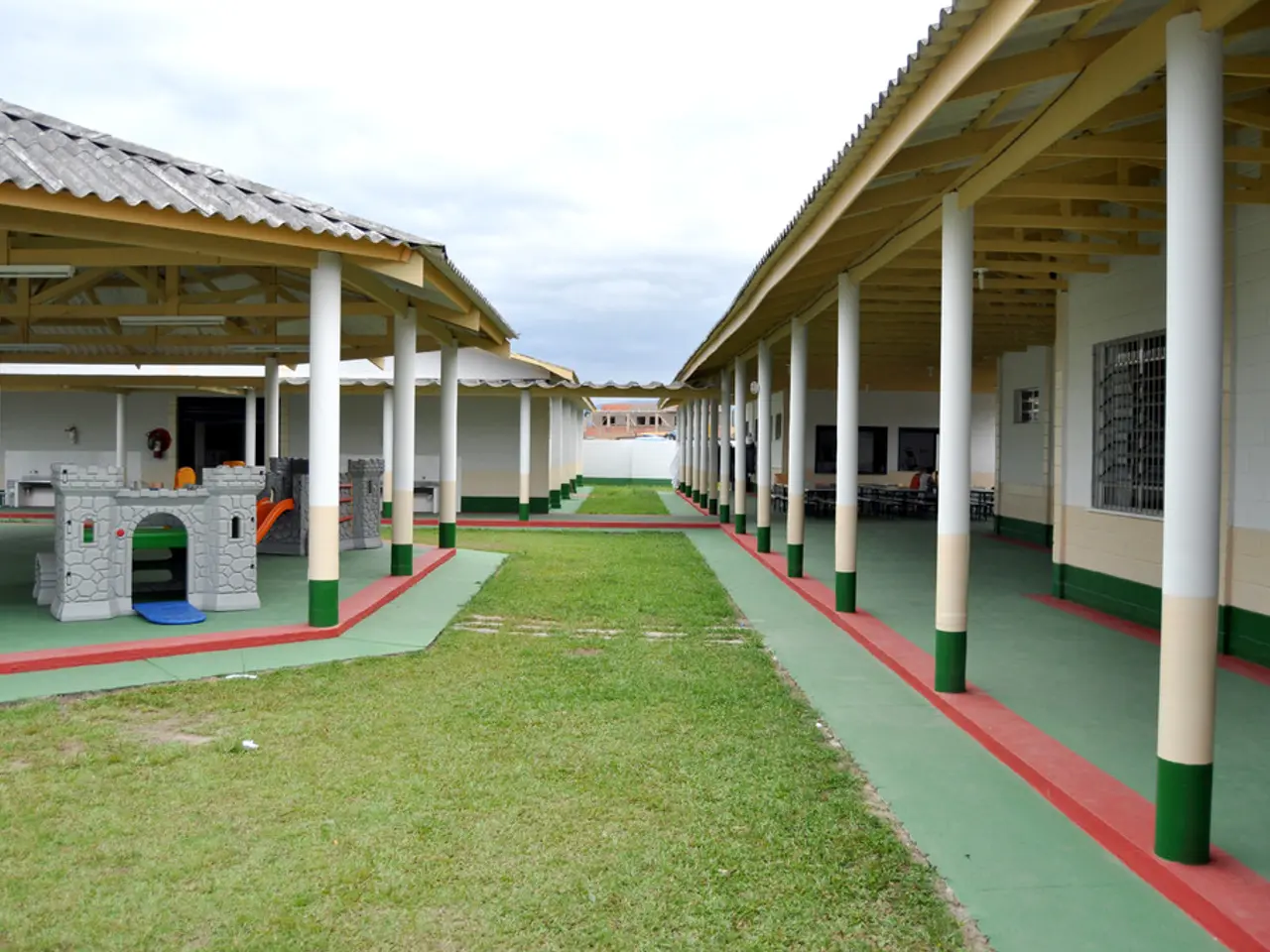Military base shooting at Fort Stewart marks another episode of violence in US military bases
In the past few years, there have been several incidents of gun violence at US military bases, raising concerns about safety and security within these communities. Here's a roundup of some notable attacks that have occurred.
On August 6, 2025, Fort Stewart in Georgia was the site of an active shooter incident, where a gunman wounded five soldiers. The shooter was apprehended approximately 30 minutes after the attack, leading to a lockdown of the base and nearby community facilities. Thankfully, no ongoing threat was reported following the lockdown lift.
This event at Fort Stewart is part of a broader pattern of violent incidents at US military bases. In December 2022, a soldier was charged with shooting a sergeant at the same Fort Stewart, using a privately owned weapon. In 2020, a shooting at Grand Forks Air Force Base resulted in fatalities due to domestic violence.
The causes of these attacks vary and include workplace violence, interpersonal conflicts among service members, and domestic violence. Some incidents have involved privately owned firearms, underscoring ongoing concerns about gun violence within military communities.
It's important to note that there is no evidence of recent politically motivated terrorism or large-scale coordinated attacks at US military bases in 2025. The causes seem primarily linked to individual or interpersonal violence rather than external terrorist operations.
Looking back, one of the most devastating attacks occurred at Fort Hood in Texas in 2009, where an Army psychiatrist with radical Islamist beliefs opened fire, killing 13 people and wounding more than 30 others. The gunman, US Army Major Nidal Malik Hasan, was convicted of 13 counts of premeditated murder and 32 counts of attempted murder in 2013 and sentenced to death.
Another notable incident took place at the Washington Navy Yard in 2013, where a defense contractor and Navy reservist armed with a sawed-off shotgun carried out a shooting rampage, killing 12 people and wounding eight others. The gunman, Aaron Alexis, was killed by law enforcement. Investigators discovered he believed he was being influenced by "extremely low-frequency electromagnetic waves."
More recently, on December 4, 2019, the Pearl Harbor Naval Base in Honolulu, Hawaii, was the scene of a shooting, where a 22-year-old active-duty US Navy sailor named Gabriel A. Romero left two Defense Department civilian workers dead and a third injured before taking his own life.
In a separate incident at Florida's Pensacola Naval Air Station, a visiting second lieutenant from Saudi Arabia's Royal Air Force named Mohammed Alshamrani opened fire on December 6, 2019. Alshamrani, who had longtime ties to al Qaeda and had communicated with operatives as recently as the night before the attack, killed three US Navy sailors and injured eight others before being fatally shot by law enforcement.
It's worth mentioning that the same unit, the 3rd Infantry Division's Spartan Brigade, which the Army calls its "most modern land fighting force," has experienced a fatal shooting less than three years ago. On September 16, 2013, an active-duty Army sergeant named Quornelius Samentrio Radford is accused of shooting and wounding five of his fellow soldiers at Fort Stewart military base in Georgia.
In all these incidents, the recovery of the victims has been a priority. For instance, in the Fort Stewart shooting, three of the soldiers underwent surgery, but all five are stable and expected to recover.
As we move forward, it's crucial to address the root causes of these incidents and ensure the safety and well-being of all service members and civilian personnel at US military bases.
- The general-news in the US this year, including crime-and-justice, highlights the continued occurrence of shootings at US military bases, such as the recent incident at Fort Stewart in Georgia, affecting both soldiers and civilians.
- Regarding the broader politicas landscape in the US, recent events at military bases have not been linked to politically motivated terrorism, although individual or interpersonal violence, including gun-related incidents, remains a concern, as illustrated by the Fort Stewart shooting incident and other cases like the one at the Pensacola Naval Air Station.





